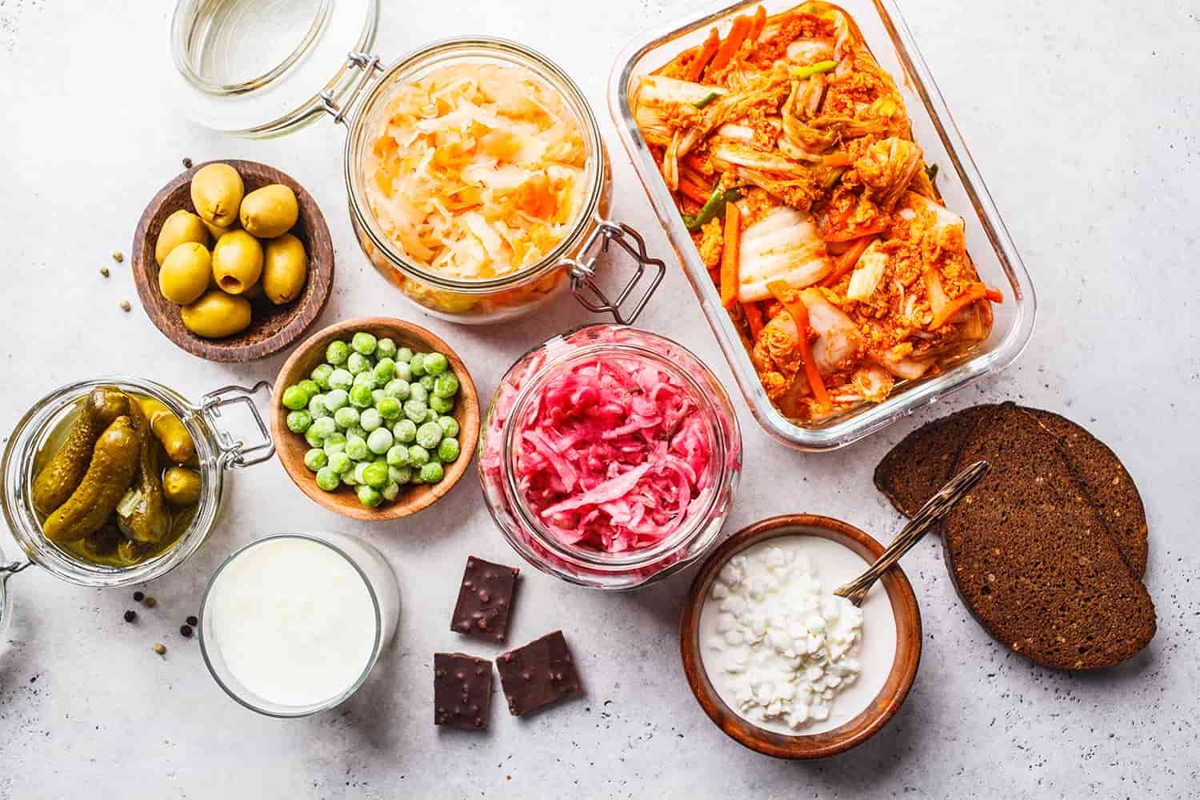
Predicting Top Food Trends of 2024: What's Next on Your Plate
Soups and fermented products are choices that help fight inflammation. And these are some food trends in 2024 to pay attention to.
Most of us will have habits and desires to constantly seek new tips and techniques to elevate our health and happiness to new heights. Next year will see some new food trends emerge, along with some healthy and useful habits, so here's what to expect.
Food Trend #1: Rise of Plant-Based Nutrition
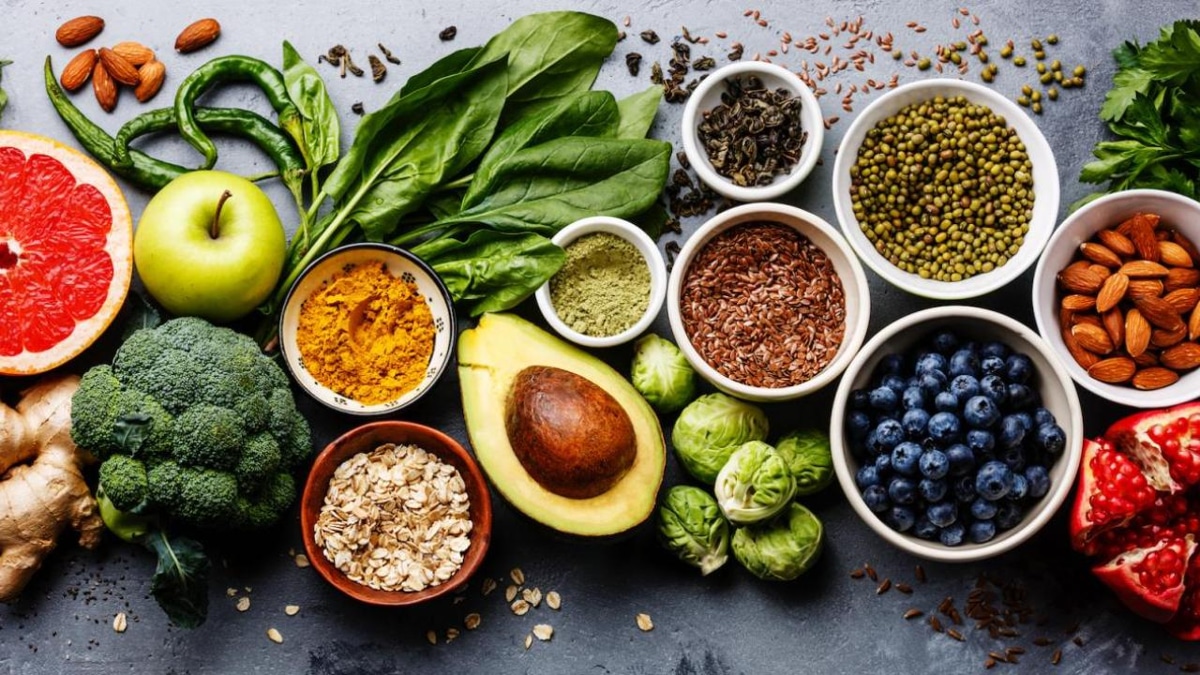
(https://www.cuimc.columbia.edu/)
Plant-based diets centered around whole foods have been steadily climbing in popularity in recent years. Various factors are driving this increased consumer demand, from health and environmental concerns to ethical considerations surrounding animal agriculture. Nutrition research also continues to shed light on the benefits of plant-forward patterns.

(https://www.loveandlemons.com/)
Leanne Elliston, a registered dietitian with Australia's leading nutrition body, has observed firsthand the growing interest in vegetarian and vegan options. "More patients are coming to me looking to explore plant-based eating," she notes. At the same time, Elliston warns against overly relying on ultra-processed faux meats due to undesirable ingredients and nutrient loss during processing.
Instead, she advocates building meals around whole, minimally processed plants to maximize nutritional value. Legumes in particular are championed as a top-tier source of vegetarian protein. Beans, lentils, chickpeas, and peas contain a rich assortment of fiber, vitamins, minerals, and even healthy fats when prepared at home.

(https://www.loveandlemons.com/)
In addition to their protein quality rivaling meat and eggs, legumes offer economic and environmental advantages. They require less water and arable land to cultivate compared to grain-fed animal products. Canned and dried varieties also provide affordable protein that keeps well in most pantries.

(https://experiencelife.lifetime.life/)
Experts anticipate legumes and an array of vegetables, whole grains, nuts, and superfoods to increasingly become the new variety of meat in 2024 kitchens. With climates of fear and scarcity lessening access to resource-intensive animal products, plant-based diets may emerge as a resilience-building trend for the coming years. Driven by health consciousness as well as necessity, the plant-based market shows no signs of slowing growth.
Food Trend #2: Focus on affordability

Rising inflation on basic necessities is putting tremendous financial strain on households globally. Dietitian Leanne Elliston notes this means health will, unfortunately, take a backseat to affordability for many. However, she stresses there are still tactics for stretching budgets without compromising nutrition.
Food banks across communities have seen a substantial uptick in demand as higher prices squeeze monthly expenditures. By retrieving produce close to or past perfection standards, nutritional assistance programs help alleviate food insecurity for vulnerable groups. Experts applaud initiatives redirecting surplus crops to those in need while minimizing food waste.

Leanne also recommends consumers take advantage of seasonal gluts themselves. Berries, stone fruits, and melons purchased during peak seasons in bulk allow homeowners to freeze portions for off-months. This simple method of "buy low, stock high" preserves quality and variety with relatively minimal costs.

(https://www.tastingtable.com/)
Low-cost protein alternatives further support affordable meals. Canned fish and shellfish like sardines and mussels serve up omega-3 fatty acids in inexpensive, shelf-stable formats. Tofu, tempeh, eggs, and legumes like beans and lentils shine as complete, budget-friendly vegetarian and omnivore-friendly options. With some strategic planning and storage know-how, healthy home cooking need not break the bank during difficult economic eras. Communities also strengthen by sharing culinary skills and crop surplus within networks.
Food Trend #3: Anti-inflammatory Foods
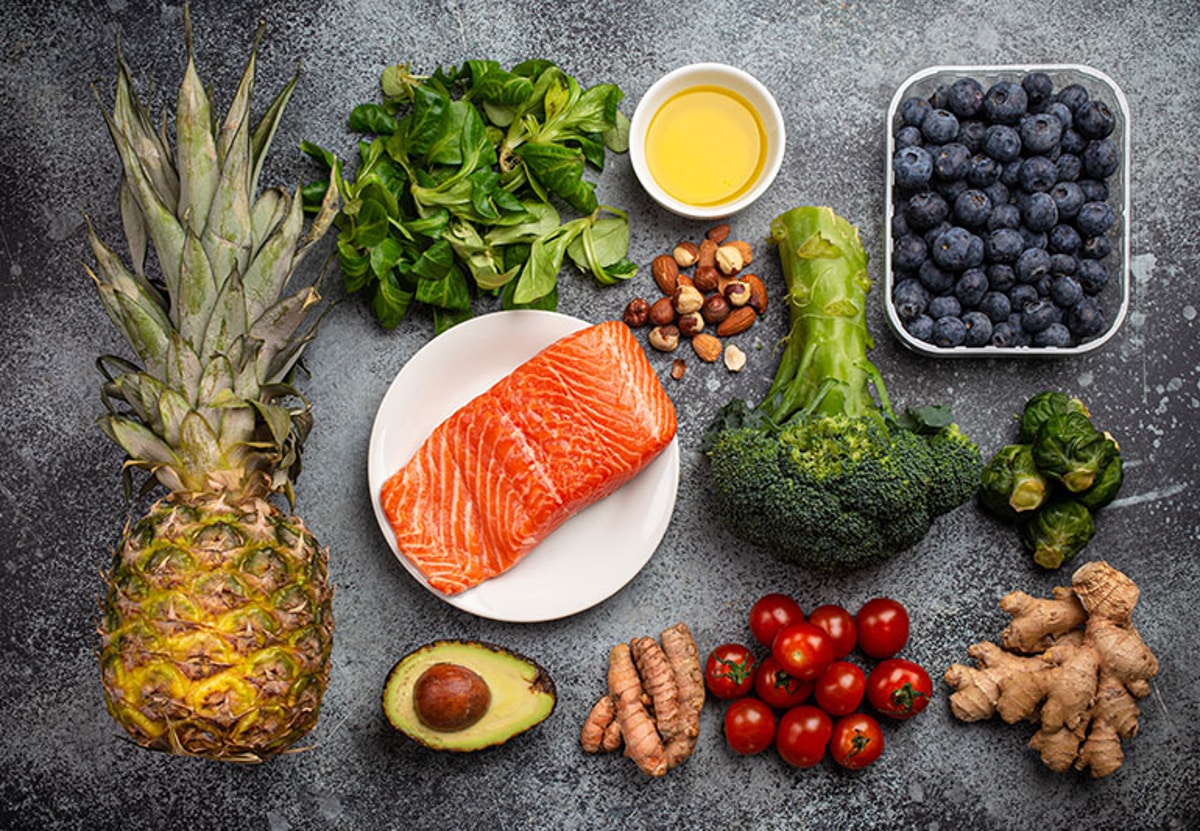
(https://health.clevelandclinic.org/)
Anti-inflammatory foods will be an important trend as more people look to reduce chronic inflammation and the diseases associated with it. According to Nutritionist Mark Surdut, low-grade inflammation that persists over time can significantly impact our physical and mental health. However, certain whole foods possess anti-inflammatory compounds that may help counteract this.
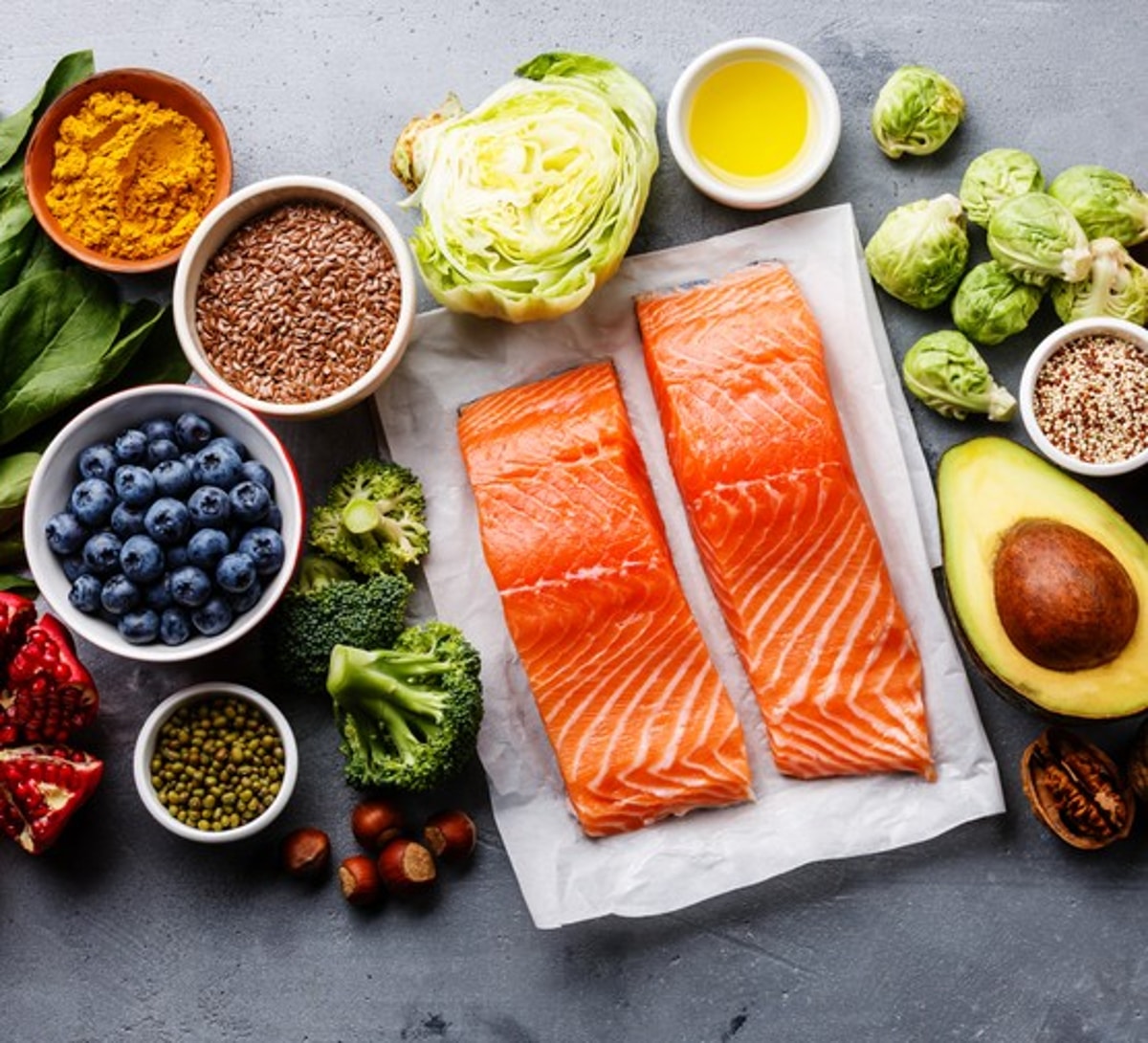
Cruciferous vegetables like broccoli, cabbage, and kale are a powerhouse, containing glucosinolates and other phytonutrients shown to actively lower inflammatory markers in the body. Berry fruits like blueberries and blackberries provide anthocyanins and ellagic acid to quell inflammation at the cellular level. Even seemingly mild beverages like green tea have been studied for their anti-inflammatory catechin content. By focusing the diet on easily obtainable foods that naturally combat inflammatory processes, individuals have a straightforward way to potentially benefit overall health and wellness.
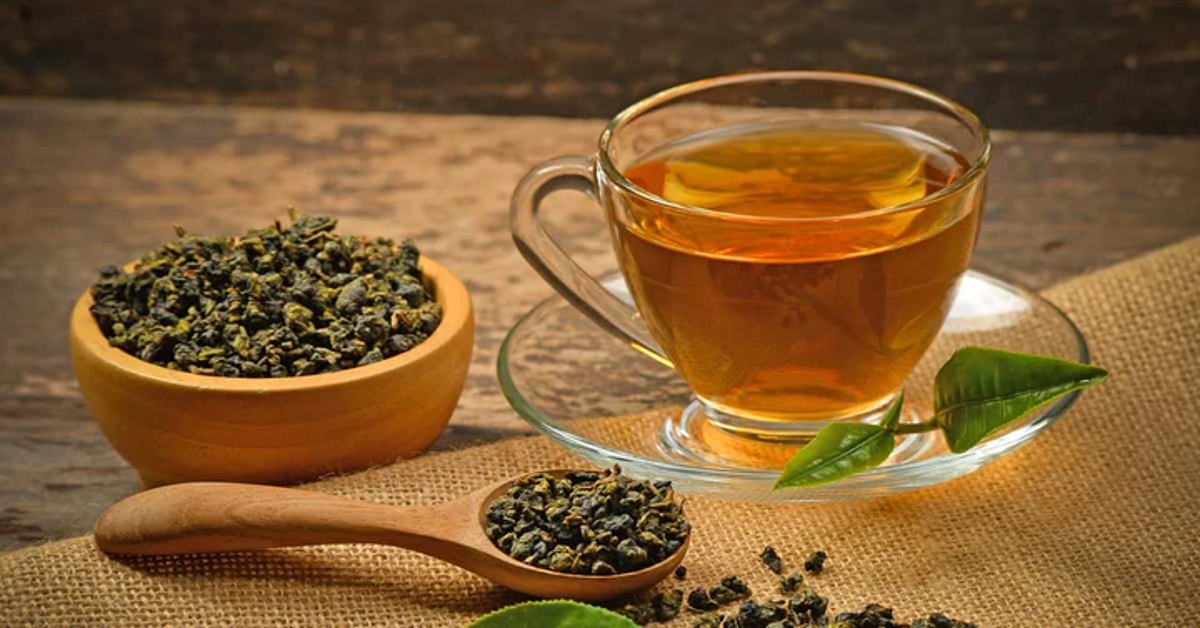
(https://www.dermaessentia.com/)
Food Trend #4: Reduce Salt Intake

Excess sodium has been clearly linked to high blood pressure, heart disease, and stroke. In response, the World Health Organization is strongly encouraging a worldwide reduction in salt consumption to prevent unnecessary chronic disease burdens and healthcare costs.

(https://www.uab.edu/)
Nutrition expert Leanne Elliston agrees this should be a top priority trend. She aims to dispel misleading marketing around certain salt alternatives. "Whether it's table salt or varieties touted as 'gourmet' like Himalayan pink salt, sodium is sodium from a health perspective," Leanne warns.

(https://entrenosotros.consum.es/)
When salt is constantly added to foods through processed snacks and restaurant meals, long-term damage can result due to elevated blood pressure over decades. Leanne advises cooking more from scratch using fresh herbs and spices for flavor instead of relying on salts. By seeking out fresh, whole food options naturally lower in sodium and moderating added salt use, consumers have an opportunity to support cardiovascular wellness through achievable dietary adjustments.
As public health authorities push for moderation, reducing excess salt intake deserves continued focus.
Food Trend #5: Fermented products

(https://restless.co.uk)
Fermented foods have received increasing attention in recent years for their ability to support digestive and overall health. As Nutritionist Mark Surdut explains, research continues to underscore how fermentation enhances the nutritional profile and medicinal properties of various foods. The booming popularity of fermented items signals consumers are more aware of the importance of gut microbiome diversity.
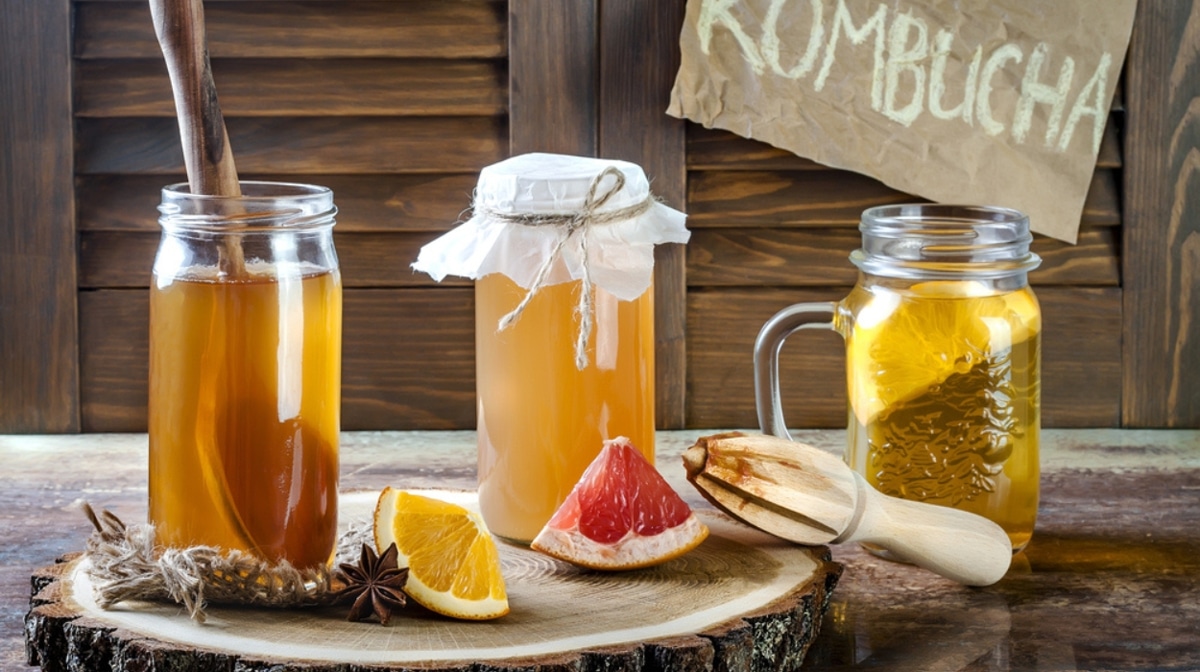
(https://www.ehproject.org)
These cultured foods supply probiotic bacteria as well as fuel for these beneficial microbes in the form of prebiotics. While supplements offer a convenient targeted solution, registered dietitians stress no supplement can compare to the matrix of nutrients found in traditional fermented foods. Items like tempeh, miso, sauerkraut, kimchi, kefir, and kombucha harbor a symphony of probiotic strains that vary depending on the ingredient and preparation method.

Eating a variety of these foods is ideal for achieving a balanced digestive ecosystem. Mark predicts fermented products forged from not just dairy but also vegetables, beans, and grains will gain even more traction as a gut-supportive and flavorful addition to cuisines worldwide. Their continuity across ancient civilizations emphasizes the role fermented options can play in modern health. By sampling global probiotic traditions, people can easily reap digestive rewards through simple diet modifications.
Food Trend #6: Soup

Soups have been steadily growing in popularity as consumers seek more wholesome and comforting meals. According to the experts' 2024 Food Trends Forecast, this looks to accelerate. Soups offer incredible versatility - from bone broths rich in collagen and minerals to tomato bisques, miso soup, chicken noodles, or spicy laksa. There truly is a soup to suit every taste and climate.
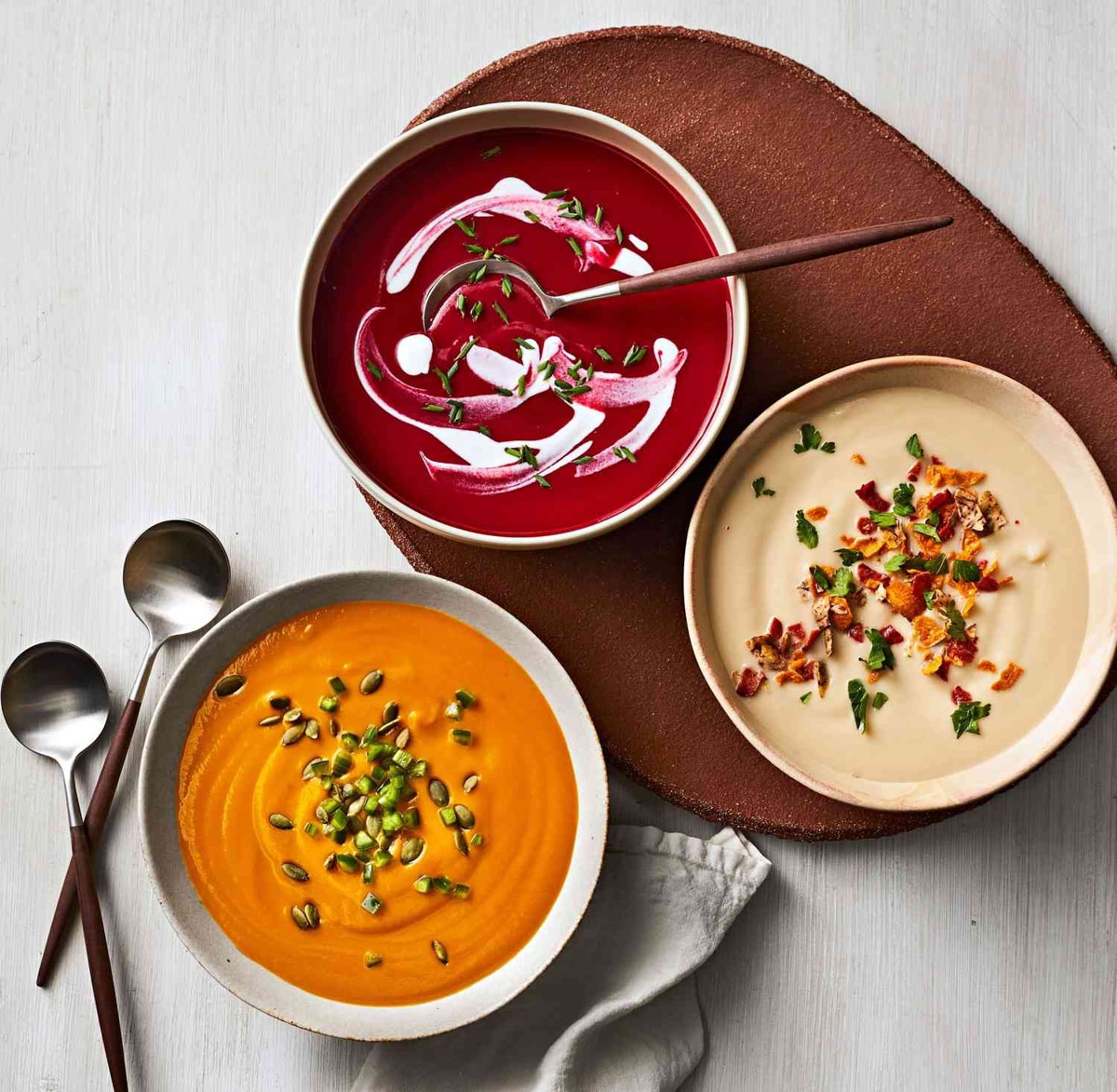
(https://www.southernliving.com)
Not only do they warm body and soul during colder seasons, but as dietitian Leanne Elliston notes, soups also provide a solution for preventing food waste. By throwing leftover produce, grains, and proteins into a pot with some seasoning, nutrients are conserved rather than going uneaten. She highlights it as an easy way to use up carrots, celery, or other veggies that may be past their aesthetic prime.
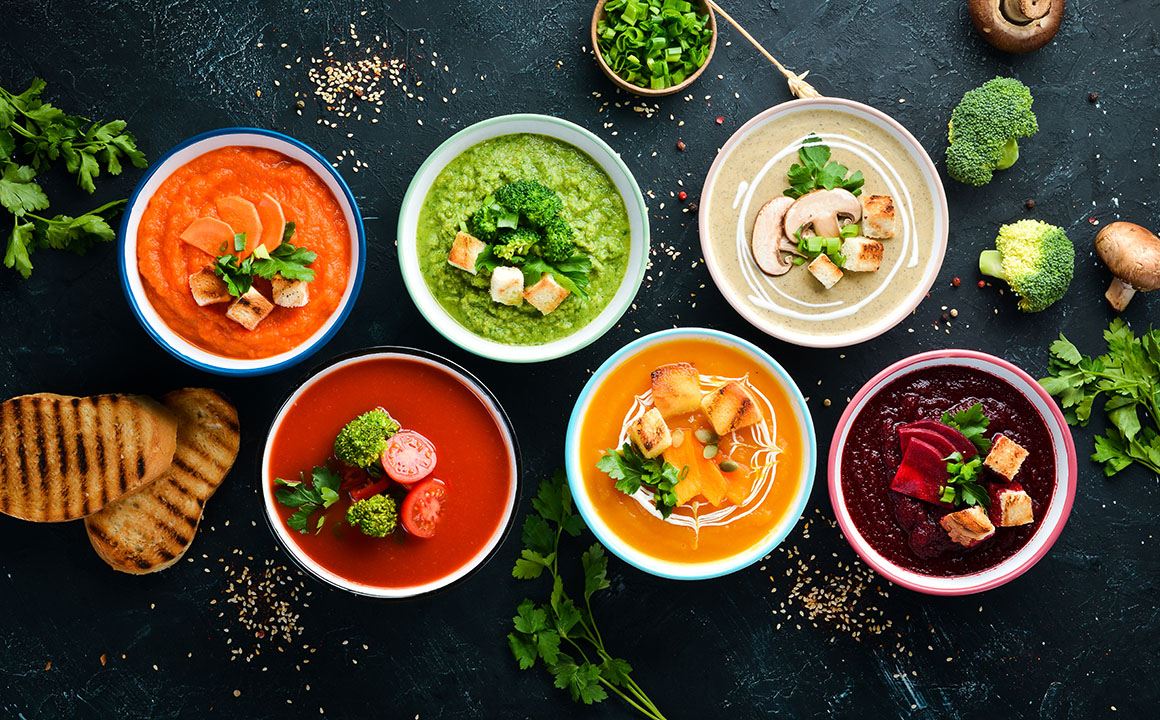
The hydrating hubs of nutrition support appetite satisfaction with fewer calories than solid meals too. Registered dietitians increasingly recommend soup to clients as an integral part of healthy eating patterns. No doubt this contributes to soup’s rising popularity for dinners, lunches, and casual socializing alike. With benefits ranging from thrift to sustenance, soup’s stock is assuredly on the rise.
In conclusion, the food trends highlighted provide insight into what may be increasingly popular food and nutrition choices in the coming year. There is an emphasis on affordability through budget-friendly plant-based meals, batch cooking, and utilizing food banks. Anti-inflammatory eating also seems poised to take off as more focus is on preventing chronic disease through diet. Soups and fermented foods not only provide comforting flavors but also support overall wellness. While food trends will certainly evolve over the next twelve months, small lifestyle adjustments centered around whole, minimally processed foods have long-term benefits for health regardless of what specifically dominates grocery shelves. The anticipated shifts reflect a desire among consumers to proactively support well-being through straightforward dietary modifications.
Related Articles
Popular Articles
You’ll Also Love

19+ Christmas Jelly Slice Recipe Unleash Your Inner Chef!

18+ Cute Christmas Cookies Recipe Taste The Magic Today!

19+ Mini Chocolate Christmas Cake Recipe Discover Culinary Perfection!

16+ Flour Salt Christmas Ornament Recipe Unlock Flavor Sensations!

15+ Pillsbury Holiday Sugar Cookies Recipe Elevate Your Taste Buds!















